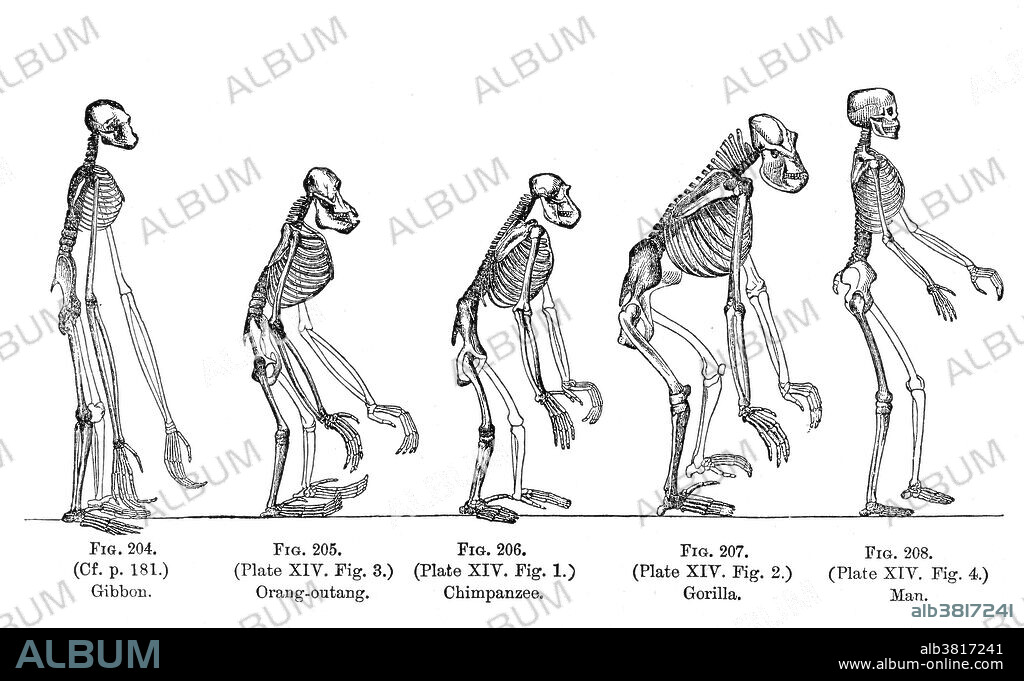alb3817241
Ernst Haeckel, Evolution of Man, 1879

|
Ajouter à une autre Lightbox |
|
Ajouter à une autre Lightbox |



Avez-vous déjà un compte? S'identifier
Vous n'avez pas de compte ? S'inscrire
Acheter cette image.
Sélectionnez l'usage:

Titre:
Ernst Haeckel, Evolution of Man, 1879
Légende:
Voir la traduction automatique
The Evolution of Man, 1879. A popular exposition of the principal points of human ontogeny and phylogeny by Ernst Haeckel. The naturalist Ernst Haeckel (1834- 1919) was a German biologist, naturalist, philosopher, physician, professor and artist who discovered, described and named thousands of new species, mapped a genealogical tree relating all life forms, and coined many terms in biology, including anthropogeny, ecology, phylum, phylogeny, and the kingdom Protista. Haeckel promoted and popularized Charles Darwin's work in Germany, though he and Darwin did not always agree. Haeckel's racist views, though not exceptional for the time, were incorporated into his scientific work. Haeckel wrongly believed that the gibbon, like the other primates shown here, was a close relative of humans, because it is the only ape which always moves upright on two legs.
Crédit:
Album / Science Source / Wellcome Images
Autorisations:
Modèle: Non - Propriété: Non
Questions sur les droits?
Questions sur les droits?
Taille de l'image:
5118 x 3138 px | 45.9 MB
Taille d'impression:
43.3 x 26.6 cm | 17.1 x 10.5 in (300 dpi)
 Pinterest
Pinterest Twitter
Twitter Facebook
Facebook Copier le lien
Copier le lien Email
Email
